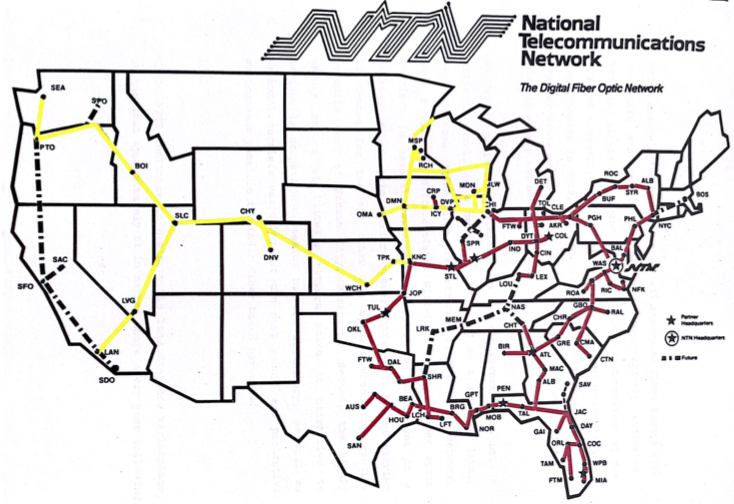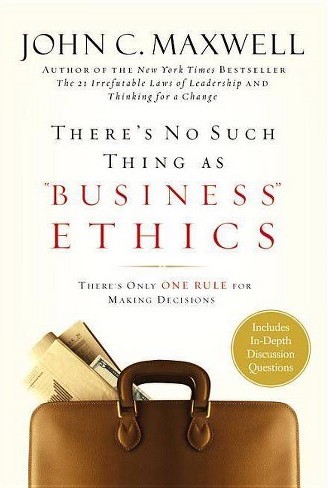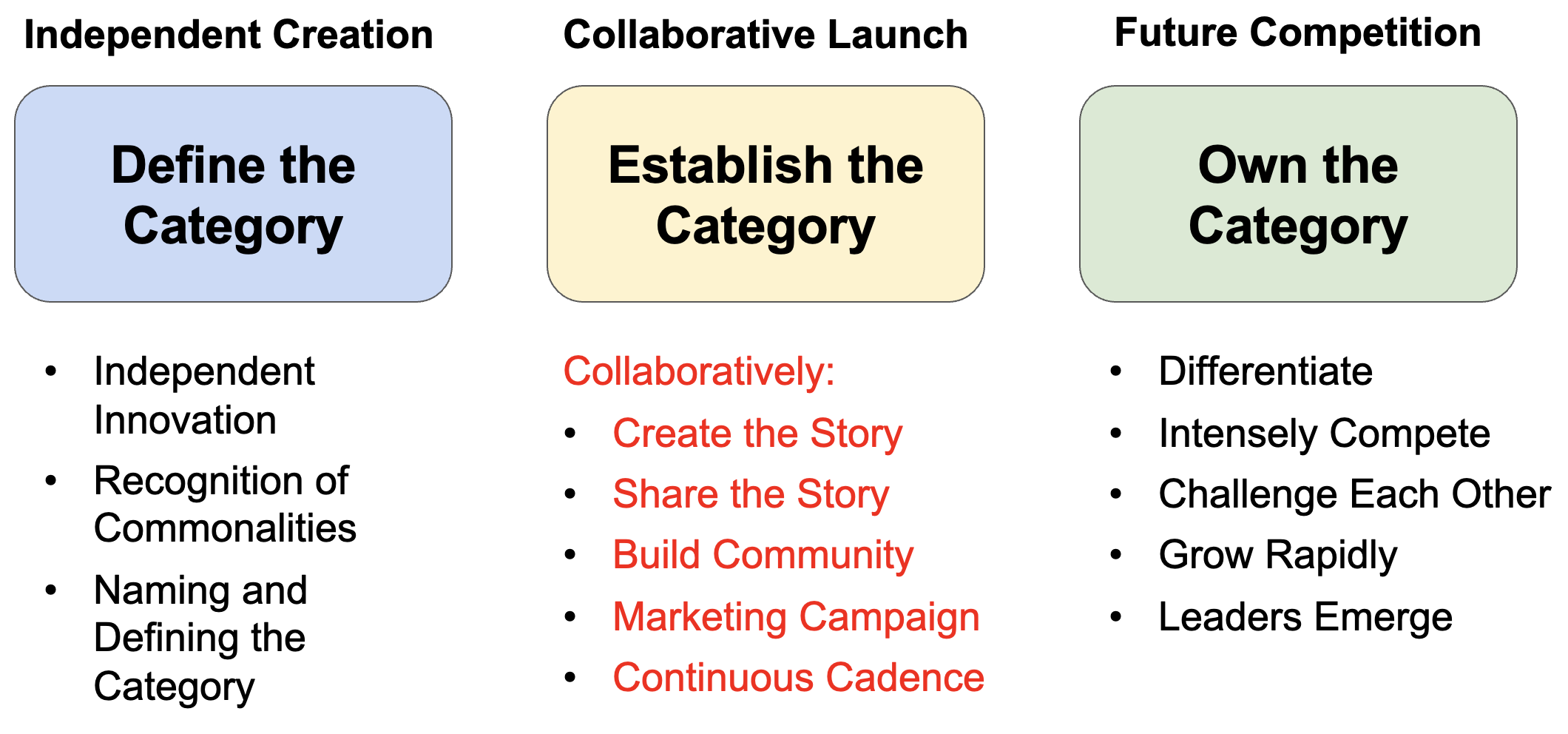A Coalition Creates the Competitive Communications Carrier Category
In 1985 Roy Wilkens was serving as president of Williams Pipe Line, a division of The Williams Companies in Tulsa, Oklahoma. An electrical engineer by training, Wilkens had risen through the ranks in the energy industry and now was leading one of the country’s largest petroleum products pipelines. Little did he know that he was about to jumpstart an entirely different industry.
From a regulatory perspective, the Department of Justice had just ordered the break-up of AT&T, leading to the emergence of dozens of new long distance competitors. From a technology perspective, fiber optics was emerging as a viable means of transporting telecommunications signals with high reliability and low cost over long distances. Roy and his team recognized the opportunity to build and operate a new kind of pipeline — one carrying bits rather than BTUs.
Many of the new long distance competitors were ambitious entrepreneurs who saw the opportunity to sell long distance voice services to homes and businesses. Each of these startups raised enough capital to buy a long distance telephone switch and then connected that switch to all the Bell operating companies that had been broken out of AT&T. The closer they could connect into the Bell networks to where a call was originating and completing, the lower their cost. The scary situation for these startups was that the only company that could sell them the circuits to make all of those connections was AT&T, the very company they were competing against.
One of those entrepreneurs was Clark McLeod. He started Teleconnect by taking out a second mortgage on his home and raising money from friends and family. McLeod had been in talks with six other entrepreneurs, each of whom had raised enough funding to build a regional fiber network, but none of whom could afford to build a nationwide network. Although competing with each other for long distance customers, the seven carriers decided to band together to solve the longhaul interconnectivity problem. They formed the National Telecommunications Network (NTN). Rather than build its own fiber network, Teleconnect contracted with Williams to build a “midwest cross” from Minneapolis to Kansas City and Omaha to Chicago and connect it into the NTN network.
The partnership was a huge success. The companies interconnected their networks and figured out the operational details for provisioning a circuit across multiple networks. NTN’s president, Martin McDermott in Washington made sure everything operated smoothly and directed the lobbying efforts to protect the rights of the emerging competitive communications carrier industry. Each company immediately had the combined reach of its brethren, cutting their costs and improving the quality of their calls. Williams remained a carrier’s-carrier, not competing for retail long distance customers but selling circuits to all the other long distance carriers and some very large business customers.
Through the combined efforts of all, long distance prices continued to come down and the market grew. Eventually long distance calls became so inexpensive that they were bundled into unlimited cellphone and broadband offers. Without the collaborative efforts of the NTN members, it’s impossible to know what would’ve happened, but if AT&T had successfully crushed the nascent industry it’s likely we would not have seen the innovation and falling prices that we have all enjoyed.
A Coalition Creates the Competitive Communications Carrier Category Read More »




